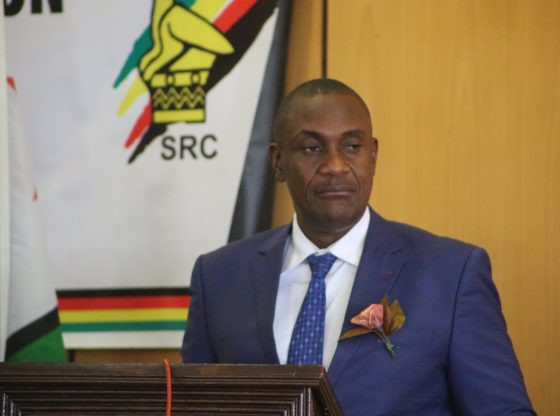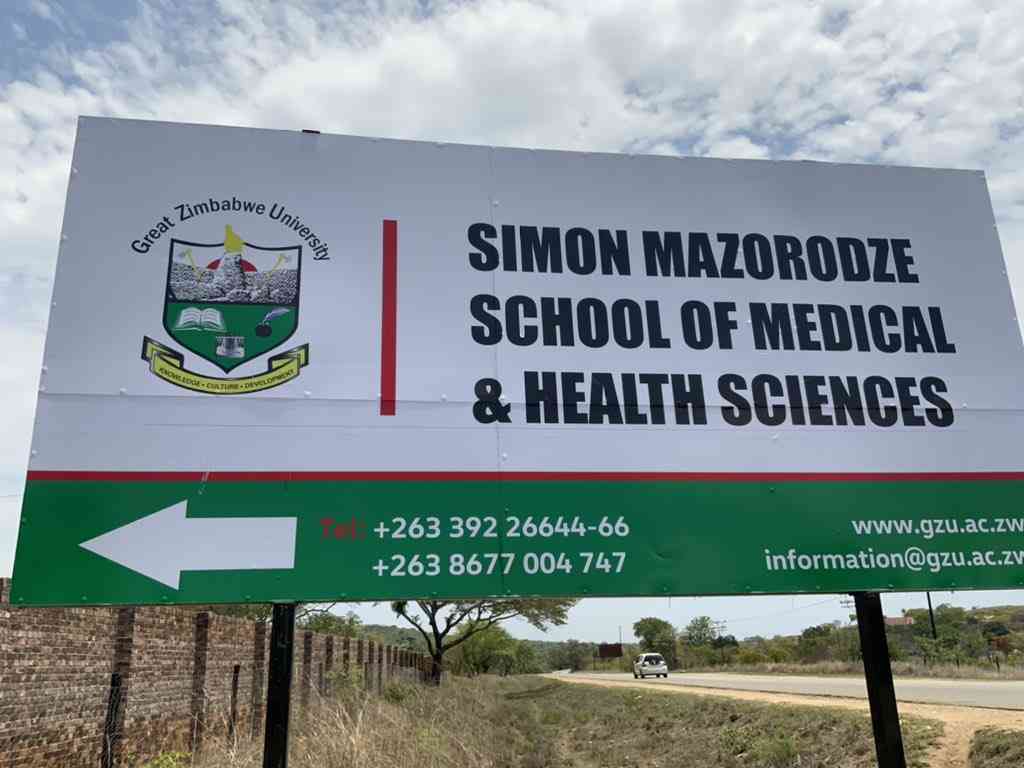
The echoes of ceremonial speeches and parliamentary formalities reverberated through the halls of the new Mount Hampden Parliament Building as President Emmerson Mnangagwa addressed the 33rd Session of the Junior Parliament of Zimbabwe. His words, though inspiring, highlighted a deepening disconnect between governmental rhetoric and the harsh realities facing Zimbabwe’s youth population.
While the President spoke of “transformational and inclusive developmental policies” and urged young people to “take full advantage of opportunities”, the reality on the ground paints a drastically different picture. According to official reports, approximately 50 000 children dropped out of school in 2024 alone, a statistic that undermines the celebrated achievement of reaching 1,5 million children through the Basic Education Assistance Module.
The unemployment crisis continues to strangle youth aspirations, with the Zimbabwe National Statistics Agency (ZimStat) reporting youth unemployment rates surpassing 85%. This figure becomes more alarming when considered alongside the World Bank’s 2024 report, indicating that 67% of Zimbabwe’s youth population lives below the poverty line. The Labour and Economic Development Research Institute of Zimbabwe further reports that 72% of young people are trapped in informal economic activities, often working in precarious conditions with minimal earnings.
The drug abuse epidemic has reached unprecedented levels, with the Zimbabwe Civil Liberties and Drug Network documenting a 67% surge in youth substance abuse cases between 2023 and 2024. Crystal meth, locally known as mutoriro, has particularly devastated young communities, leading to increased mental health challenges. The World Health Organisation’s 2024 assessment reveals that mental health issues now affect 45% of school-aged children in Zimbabwe, a crisis that demands immediate intervention beyond ceremonial acknowledgements.
Zimbabwe’s legal framework for youth protection appears robust on paper. The country is a signatory to the UN Convention on the Rights of the Child, the African Charter on the Rights and Welfare of the Child, and has enshrined youth rights in sections 19 and 81 of its Constitution. However, our excellence in policy formulation is consistently undermined by our failure to implement it effectively. The widening gap between legal provisions and actual practice has created a generation of disillusioned youth.
The Junior Parliament, while symbolically significant, exemplifies what critics term “participation washing”. Young voices remain conspicuously absent from the actual decision-making processes that affect youth welfare. The annual parliamentary sessions, though well-intentioned, risk becoming mere theatrical displays without substantial impact on policy formulation or implementation.
In this regard, concrete action across multiple fronts is required. The education sector requires immediate reform, including the establishment of community-based learning centres in high-dropout areas and comprehensive school feeding programmes. Economic empowerment initiatives must extend beyond vocational training rhetoric to include youth-focused enterprise development zones and meaningful inclusion in public procurement processes.
Addressing the drug abuse crisis necessitates the development of provincial rehabilitation centres and mandatory mental health support systems in educational institutions. Youth-friendly health services must become accessible across both urban and rural areas, ensuring no young person faces health challenges without support.
- Critical Sadc HIV indaba underway in SA
- Dominican Convent suspends students for drug possession
- ‘Policymakers sleeping on duty’
- Media urged to be cautious on drug, substance abuse cases
Keep Reading
Essentially, the transformation of Zimbabwe’s youth engagement mechanisms requires fundamental restructuring, beginning with the Junior Parliament itself. Currently operating as a ceremonial body, this institution must evolve to an influential legislative entity with power to shape youth-focused policies. Rwanda offers an instructive model through its National Youth Council, which wields actual legislative influence and manages dedicated youth development funds. Similarly, Finland’s youth Parliament has direct channels to influence national policy, with ministers legally required to respond to their proposals within specified time-frames.
Youth development councils need to be established at both national and local levels, equipped with substantial budgetary powers. South Africa's National Youth Development Agency demonstrates how such bodies can effectively operate when properly resourced, managing an annual budget exceeding R500 million dedicated to youth initiatives. In Uganda, the National Youth Council manages 2,5% of the national budget specifically for youth programmes. Zimbabwe could adapt these models, ensuring each provincial youth council receives at least 5% of local government budgets for youth-centred projects.
Robust monitoring and evaluation systems require implementation to track the effectiveness of youth programmes. Kenya’s Youth Enterprise Development Fund demonstrates effective accountability through quarterly impact assessments and public reporting mechanisms. Ghana’s Youth Employment Agency employs a comprehensive digital tracking system that monitors programme outcomes and beneficiary progress. Zimbabwe should establish an independent youth development monitoring unit, potentially under the Auditor-General’s Office, with young professionals leading the evaluation processes.
These reforms must be accompanied by legislative changes strengthening youth rights and participation. The success of these reforms will depend on sustained commitment from all stakeholders — government, private sector, civil society and youth themselves. Regular review and adaptation of these mechanisms, guided by both local needs and international best practices, will ensure their continued relevance and effectiveness in addressing Zimbabwe’s youth development challenges.
As Zimbabwe progresses towards its Vision 2030 goals, the true measure of success will not be found in ceremonial speeches or annual parliamentary sessions, but in tangible improvements in youth welfare indicators. The time for theatrical displays of youth inclusion has passed. What Zimbabwe’s young population needs now is decisive action that transforms their daily realities and opens genuine pathways to prosperity and meaningful participation in national development.










